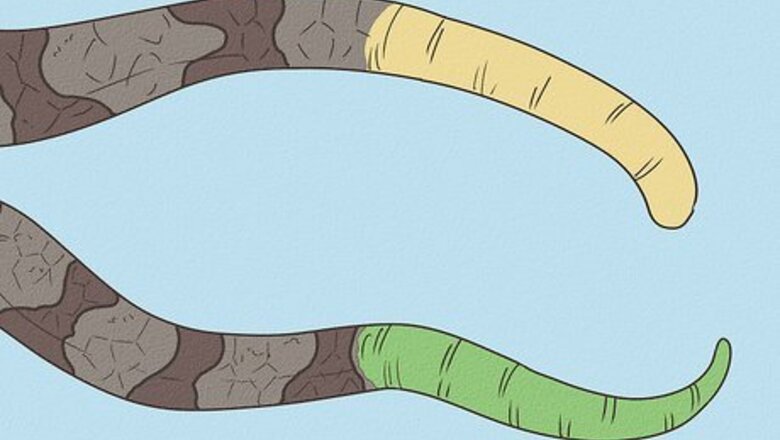
views
Baby Copperhead Features
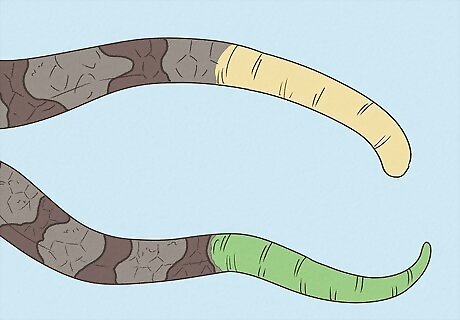
Light green or yellow tail This is the one physical trait that sets baby copperheads apart from adult copperheads. Until around 3 or 4 years of age, the tip of the baby copperhead’s tail will be a light shade of yellow or green, which they use to lure prey.
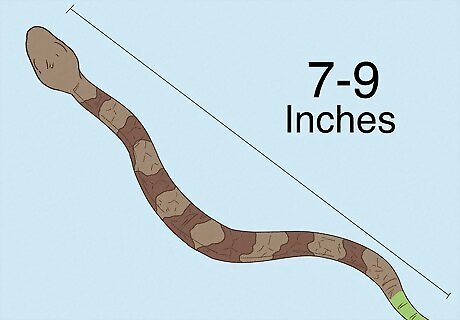
7 to 9 inches (18 to 23 cm) long Fully grown adults will be around 60 to 90 cm (24 to 36 in) in length.
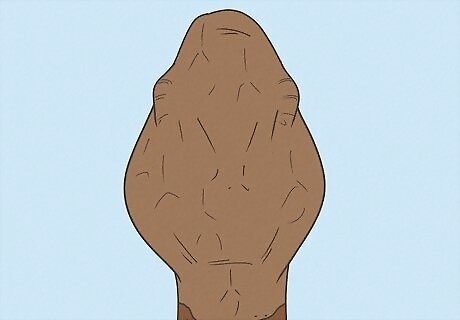
Triangular, spear-shaped head The spear-shaped head is a distinct feature of venomous snakes due to the placement of the large venom glands in their mouths. The head itself is wider than the neck and is the same coppery color as the rest of its body.
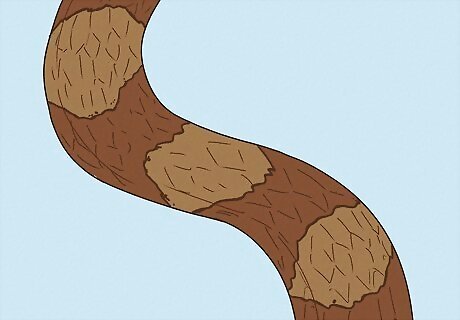
Hourglass-shaped pattern The brown or reddish-brown bands running down the copperhead’s back is one of its most distinct features that sets it apart from other snake species. The bands are wider on the top and bottom and narrower in the middle, making them look like hourglasses. The scales of the copperhead are keeled, meaning that each scale has a raised ridge.
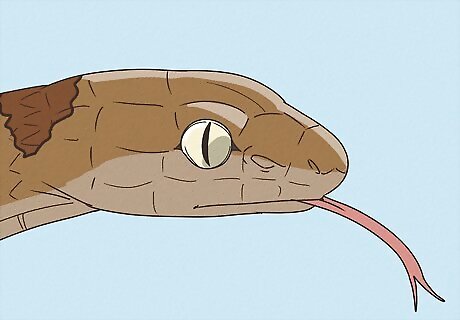
Narrow, vertical pupils The pupil of the copperhead is similar to a cat’s in that it is vertical and elliptical-shaped. The copperhead’s irises are a pale gold color while the pupils are dark.
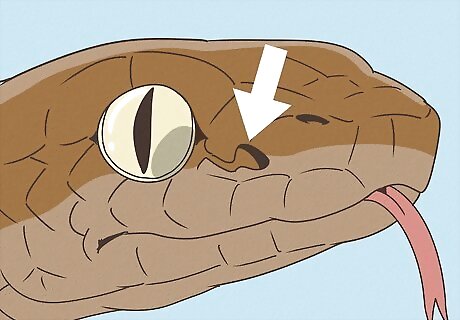
Heat-sensory pits These are located on each side of the copperhead’s head between the eyes and nostrils. This is another common trait of pit vipers, and they use these pits to sense the heat of their prey so that they can accurately strike.
Differences from Other Snake Species
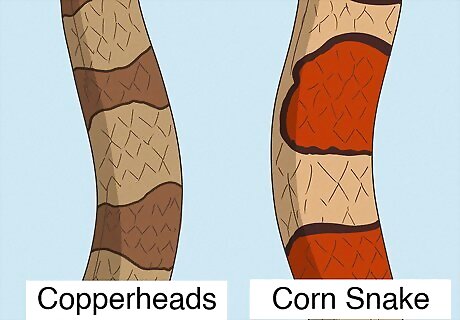
Corn snakes have brighter red scales than copperheads. Also, the thickest part of the hourglass pattern on the corn snake will be on its back, whereas it is more commonly found on the sides of the copperhead.
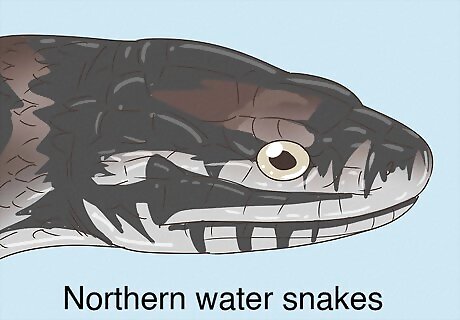
Northern water snakes don’t have the copperhead’s spear-shaped head. Its pupils are also round, not slits. Both of these are traits of non-venomous snakes.
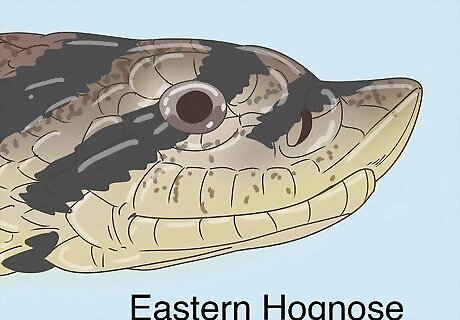
Eastern Hognose snakes have an upturned snout that resembles that of a pig. The colors, scale patterns, and even habitats of the eastern hognose snake closely resemble those of the copperhead, and thus often cause confusion between the two. The eastern hognose even puffs out its neck to make its head appear triangular so that it can scare off predators.
Where are baby copperheads found?
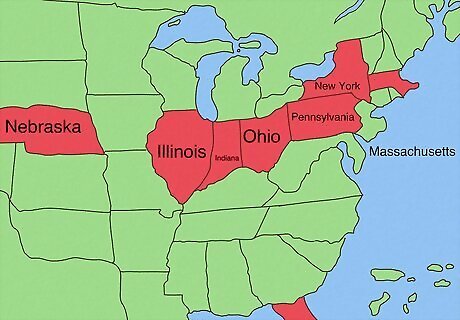
The copperhead can be found throughout the eastern region of the United States. The range of their territory is expansive, going from the Florida panhandle northwards to Massachusetts and westwards all the way to Nebraska. They also occupy territories in southern New York, New Jersey, Pennsylvania, Ohio, Indiana, and Illinois.
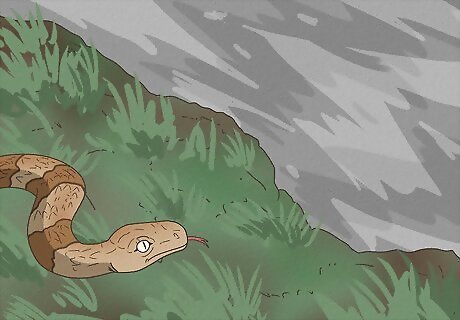
Copperheads prefer the wetlands. While the copperhead can live in various habitats, they can often be found near rivers, swamps, and reservoirs. During the winter, their dens can be found on the fringes of rivers, swamps, and other marsh areas. During the peak of summer, they will be in these wetland swamps and marshes, but will also inhabit open meadows and fields during the warm season. They will rarely be found in dry areas.
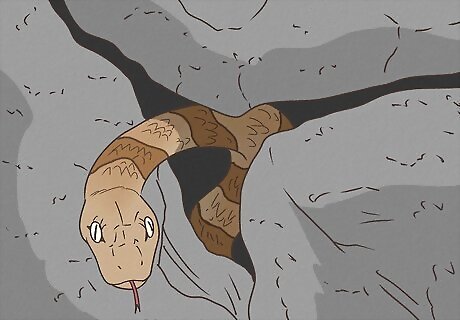
Copperheads like places where they can hide. Therefore, you can also find them occupying rocky, forested hillsides, piles of rotting wood or sawdust, and even construction sites. Though they usually stay on the ground, copperheads can also climb low trees and bushes when hunting.
Active Times and Seasons for Baby Copperheads
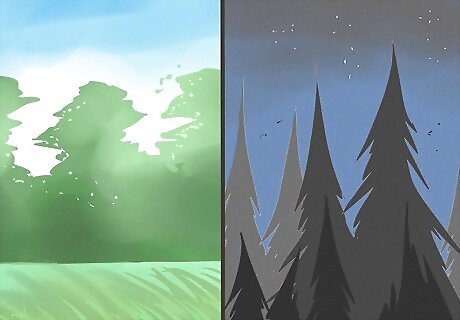
Copperheads are active during both the day and the night. During the spring and fall, when temperatures aren’t at their extremes, copperheads will be out hunting during the day. However, they become nocturnal in the summer to avoid the heat during peak daylight hours. Copperheads especially like to be out on a warm, humid night after it has just rained.
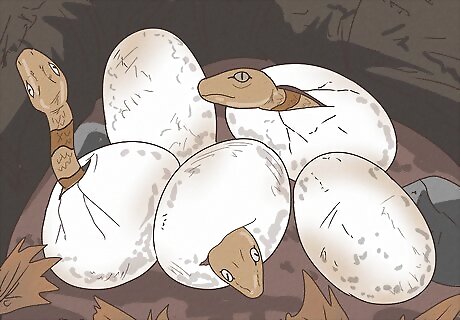
Baby copperheads are typically born in the late summer and fall. Mating season for copperheads occurs in the spring, though a fall mating can also occur. Female copperheads normally give birth to 3 to 10 babies in August and September. Baby copperheads are equipped with their fangs and a venom that is just as potent as an adult’s right from birth.
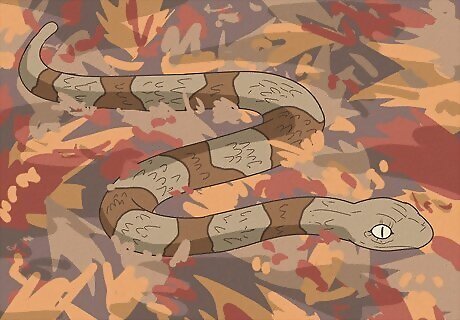
Migration for copperheads occurs in the spring and fall. It has been hypothesized by scientists that copperheads migrate to their summer feeding areas during the late spring and return home in early fall.
















Comments
0 comment